If a window of opportunity appears, don’t pull down the shades.
-Tom Peters
Charitable organizations have received a welcome late Christmas gift, thanks to a recent decision by the Canadian government. Many seniors and others, motivated by goodwill, traditionally make contributions to their favorite charities before the end of December. However, this year, the mail strike severely hindered their ability to respond to year-end donation appeals. In an unexpected move, the federal government, perhaps heeding the warnings of the ‘Ghost of Yet to Come,’ has granted a timely extension to help offset the disruption caused by the postal delays. After requests from premiers, the government agreed to amend the Income Tax Act, allowing Canadians to claim charitable donation deductions on their tax returns through the end of February.
Image: Michelle Spollen/Unsplash
This extension gives taxpayers more time to support the local nonprofits that rely heavily on community contributions to fund vital social services. It's a reminder that the window of opportunity is still open to contribute and make a meaningful difference. Local organizations that support vulnerable populations are counting on continued generosity to meet their operational costs in 2025. So, in the spirit of the season, consider extending that goodwill beyond the holiday season—help your neighbors, keep the lights on for vital services, and ensure that your tax benefits work in your favor.
Let’s not let this chance slip away—the "Ghost of Yet to Come" may just be nudging you to act while this window of opportunity is still open.
Please note: In spite of parliament being prorogue the CRA will honour the draft legislation extending the deadline for making donations that are eligible for tax relief in the 2024 tax year for donations made before February 28, 2025.
-Sister Nancy Wales, csj
Image: Steve Johnson @steve_j / Unsplash







